 Search by Keyword
|
“ANNA (Go To Him)”
(Arthur Alexander)
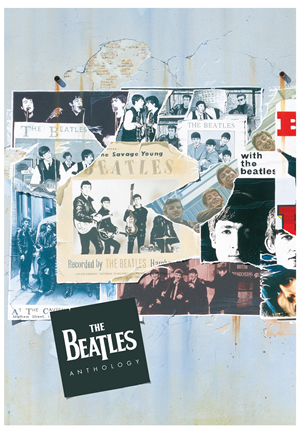 In their Anthology series, Paul McCartney remembered that The Beatles thought of themselves early on as "a little R&B combo.” This fact is not more noticeable than on this track, their first ever cover song to be featured on an American Beatles album. The influence of rhythm and blues artists, such as Arthur Alexander, was immense on the group. This is especially so with John Lennon whose lead vocal work on their cover of Arthur Alexander's "Anna" shows that he was well rehearsed in capturing the intensity and warmth of the original recording. In a 1987 interview, Paul actually goes as far as saying that in the early days, The Beatles “wanted to be like Arthur Alexander.” In their Anthology series, Paul McCartney remembered that The Beatles thought of themselves early on as "a little R&B combo.” This fact is not more noticeable than on this track, their first ever cover song to be featured on an American Beatles album. The influence of rhythm and blues artists, such as Arthur Alexander, was immense on the group. This is especially so with John Lennon whose lead vocal work on their cover of Arthur Alexander's "Anna" shows that he was well rehearsed in capturing the intensity and warmth of the original recording. In a 1987 interview, Paul actually goes as far as saying that in the early days, The Beatles “wanted to be like Arthur Alexander.”
On a historic level, we will also focus on the little known fact that this song, in its single form, has appeared to be the rarest of all US Beatles records, at one point fetching up to $15,000 per copy!
Songwriting History
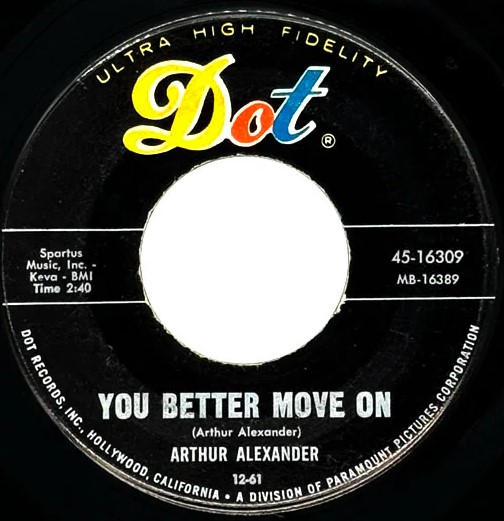 Arthur Alexander initiated his recording career in Florence, Alabama and eventually became one of the biggest artists in the country/soul genre. His claim to fame on the US Billboard Hot 100 was his hit, “You Better Move On,” which peaked at #24 in April of 1962 (later covered by The Rolling Stones). During The Beatles search for songs to perform in their stage act, they were keen to learn material that no one else was doing. Hence, many b-sides of hit records they admired became part of their live performances in Hamburg, at The Cavern Club and elsewhere. Arthur Alexander initiated his recording career in Florence, Alabama and eventually became one of the biggest artists in the country/soul genre. His claim to fame on the US Billboard Hot 100 was his hit, “You Better Move On,” which peaked at #24 in April of 1962 (later covered by The Rolling Stones). During The Beatles search for songs to perform in their stage act, they were keen to learn material that no one else was doing. Hence, many b-sides of hit records they admired became part of their live performances in Hamburg, at The Cavern Club and elsewhere.
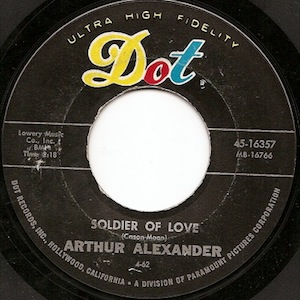 The b-side to his hit “You Better Move On” was the song “A Shot Of Rhythm And Blues,” which The Beatles performed live on stage as well as on BBC radio programs. (Their version of this song is featured on 1994's “Live At The BBC.”) Arthur Alexander's next single, “Where Have You Been All My Life” failed to make the US Top 40, but its b-side, “Soldier Of Love” was also performed by The Beatles live as well as on the BBC (also available on “Live At The BBC”). The b-side to his hit “You Better Move On” was the song “A Shot Of Rhythm And Blues,” which The Beatles performed live on stage as well as on BBC radio programs. (Their version of this song is featured on 1994's “Live At The BBC.”) Arthur Alexander's next single, “Where Have You Been All My Life” failed to make the US Top 40, but its b-side, “Soldier Of Love” was also performed by The Beatles live as well as on the BBC (also available on “Live At The BBC”).
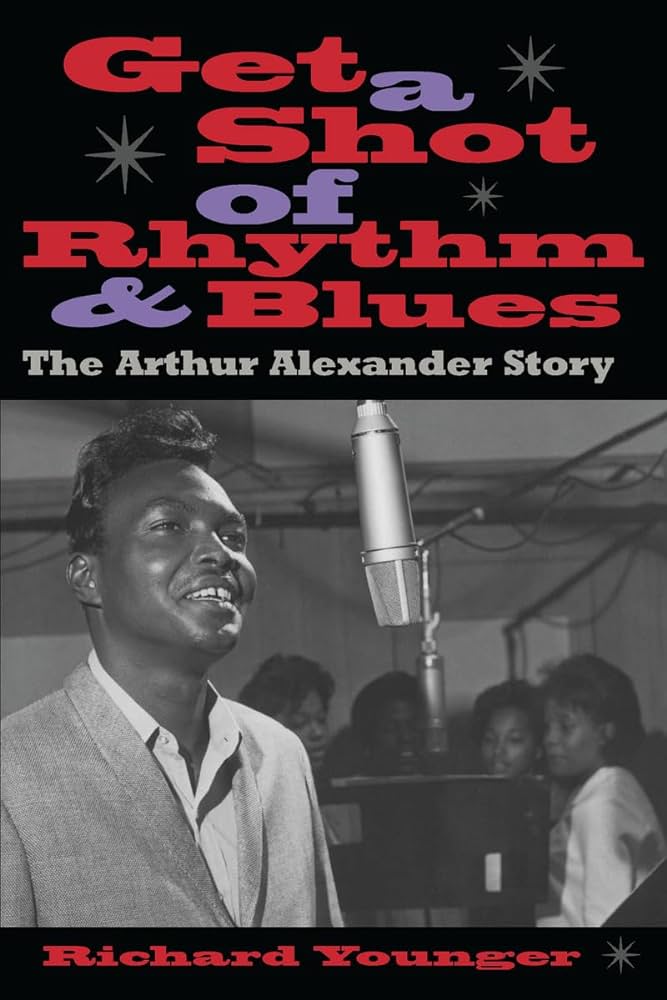 Arthur Alexander's next single, the self-penned “Anna (Go To Him)” (Dot Records #16387), thus named after Arthur's real-life wife Ann, became a Top 10 hit on the Billboard R&B charts (#68 on the Hot 100), and made a large enough impact on The Beatles, especially on John Lennon, to suggest that the song be recorded for their first British album, "Please Please Me." Arthur chose "Anna" for the title of the song simply because "it just fit better than Ann," as quoted in Richard Younger's 2000 biography, "Get A Shot Of Rhythm And Blues: The Arthur Alexander Story." Arthur Alexander based the song on how, during the early part of his relationship with his girlfriend and future wife Ann, her former boyfriend, who was from a wealthy family, fought to win her back. Ann had apparently not been unfaithful to Arthur Alexander throughout their marriage, but he felt that she regretted not getting back with her former boyfriend, whom had moved on after some time. As events turned out, Arthur Alexander's paranoia seemed to have ruined his relationship with Ann, their marriage eventually ending in divorce. Arthur Alexander's next single, the self-penned “Anna (Go To Him)” (Dot Records #16387), thus named after Arthur's real-life wife Ann, became a Top 10 hit on the Billboard R&B charts (#68 on the Hot 100), and made a large enough impact on The Beatles, especially on John Lennon, to suggest that the song be recorded for their first British album, "Please Please Me." Arthur chose "Anna" for the title of the song simply because "it just fit better than Ann," as quoted in Richard Younger's 2000 biography, "Get A Shot Of Rhythm And Blues: The Arthur Alexander Story." Arthur Alexander based the song on how, during the early part of his relationship with his girlfriend and future wife Ann, her former boyfriend, who was from a wealthy family, fought to win her back. Ann had apparently not been unfaithful to Arthur Alexander throughout their marriage, but he felt that she regretted not getting back with her former boyfriend, whom had moved on after some time. As events turned out, Arthur Alexander's paranoia seemed to have ruined his relationship with Ann, their marriage eventually ending in divorce.
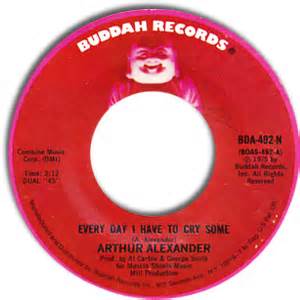 Arthur Alexander's R&B chart career in the US continued off-and-on for a few years, but without ever cracking the Billboard Top 40 again. His closest attempt was in 1975 with a remake of an earlier self-penned song, “Every Day I Have To Cry Some” released on Buddah records, which he never received any money for even though it peaked at #45 on the Billboard Hot 100. Shortly after this, despite repeated chart successes throughout the years, Arthur Alexander's musical career unfortunately dropped into obscurity. He had been struggling financially throughout his career and felt it was time to retire from the music business, becoming a bus driver in Cleveland, Ohio for a local social service organization. Arthur Alexander's R&B chart career in the US continued off-and-on for a few years, but without ever cracking the Billboard Top 40 again. His closest attempt was in 1975 with a remake of an earlier self-penned song, “Every Day I Have To Cry Some” released on Buddah records, which he never received any money for even though it peaked at #45 on the Billboard Hot 100. Shortly after this, despite repeated chart successes throughout the years, Arthur Alexander's musical career unfortunately dropped into obscurity. He had been struggling financially throughout his career and felt it was time to retire from the music business, becoming a bus driver in Cleveland, Ohio for a local social service organization.
After being tracked down by former musicial associates he had recorded with in Muscle Shoals, Alabama in the '60s, Arthur Alexander was thereby coaxed into making a comeback. He recorded the album “Lonely Just Like Me” in 1993, but suffered a fatal heart attack in June of that year, three days after a performance in Nashville, Tennessee.
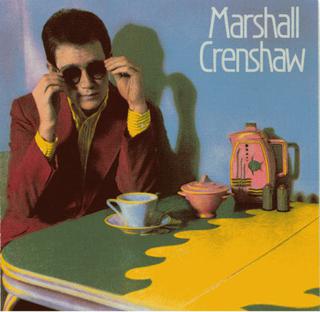 His legacy, although not widely known, is accented by cover versions of his recordings throughout the years. In 1963, Steve Alaimo's version of his song “Every Day I Have To Cry” (referred to above as "Every Day I Have To Cry Some") peaked at #46 on the US Hot 100, thus keeping Arthur Alexander's music career surviving through songwriting royalty payments. Being a singer/songwriter whose material has been covered by such noteworthy artists as The Rolling Stones, The Who, Esther Phillips, Joe Tex, Marshall Crenshaw, Bob Dylan, Pearl Jam, Ry Cooder, and of course The Beatles, definitely adds great credibility to his career. His legacy, although not widely known, is accented by cover versions of his recordings throughout the years. In 1963, Steve Alaimo's version of his song “Every Day I Have To Cry” (referred to above as "Every Day I Have To Cry Some") peaked at #46 on the US Hot 100, thus keeping Arthur Alexander's music career surviving through songwriting royalty payments. Being a singer/songwriter whose material has been covered by such noteworthy artists as The Rolling Stones, The Who, Esther Phillips, Joe Tex, Marshall Crenshaw, Bob Dylan, Pearl Jam, Ry Cooder, and of course The Beatles, definitely adds great credibility to his career.
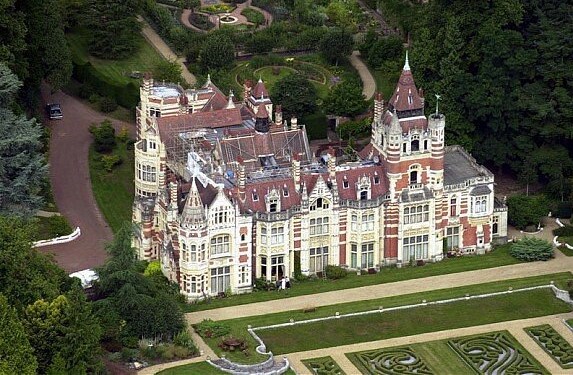 Even though his later career went largely unnoticed, respect from those who were acquainted with his work was abundant, as evidenced by Lennon having several Arthur Alexander singles in his jukebox at The Dakota in New York City, as did George Harrison’s jukebox at his “Friar Park” residence in Henley-On-Thames in Oxfordshire, England. Even though his later career went largely unnoticed, respect from those who were acquainted with his work was abundant, as evidenced by Lennon having several Arthur Alexander singles in his jukebox at The Dakota in New York City, as did George Harrison’s jukebox at his “Friar Park” residence in Henley-On-Thames in Oxfordshire, England.
 British "Please Please Me" album
|
Recording History
 "Anna" was also one of the ten songs recorded on that historic session held on February 11th, 1963, the day chosen for recording the very first Beatles album, "Please Please Me." The third of three sessions on that day (the evening session) was held between 7:30 and 10:45 pm at EMI Studio Two. Keep in mind that the band had been recording since 10 am and had only two 1 and 1/2 hour breaks in between. But these were not really actual breaks for them since the group was determined to keep practicing while producer George Martin and his staff took their breaks. "Anna" was also one of the ten songs recorded on that historic session held on February 11th, 1963, the day chosen for recording the very first Beatles album, "Please Please Me." The third of three sessions on that day (the evening session) was held between 7:30 and 10:45 pm at EMI Studio Two. Keep in mind that the band had been recording since 10 am and had only two 1 and 1/2 hour breaks in between. But these were not really actual breaks for them since the group was determined to keep practicing while producer George Martin and his staff took their breaks.
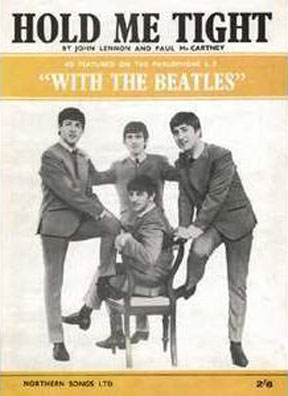 While just over two hours remained for the day's session, The Beatles still had half an album to record. So they got to work right away, but unfortunately they were off to an unproductive start. They tried, frustratingly, to record a McCartney / Lennon song entitled “Hold Me Tight,” going through 13 takes of the song, which took up a lot of time. After various false starts, breakdowns, and edit pieces, only two complete versions were performed. It is estimated that around 40 minutes or so were wasted with this song that never did make it on the album. (It was re-visited for their next British album “With The Beatles.”) While just over two hours remained for the day's session, The Beatles still had half an album to record. So they got to work right away, but unfortunately they were off to an unproductive start. They tried, frustratingly, to record a McCartney / Lennon song entitled “Hold Me Tight,” going through 13 takes of the song, which took up a lot of time. After various false starts, breakdowns, and edit pieces, only two complete versions were performed. It is estimated that around 40 minutes or so were wasted with this song that never did make it on the album. (It was re-visited for their next British album “With The Beatles.”)
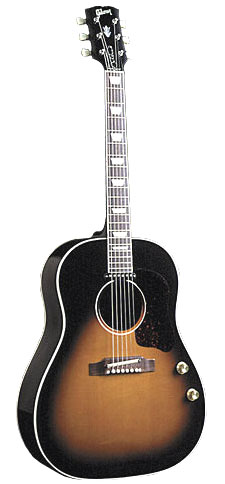 With that out of the way, and the pressure on, they started work on five cover versions of songs they had been performing on stage. The first one recorded was “Anna (Go To Him), which was probably started around 8:15 pm. John, as lead vocalist, had a bad cold on this day, which can be detected on the recording because of him singing it slightly above his normal vocal range, his delivery mostly acheiving critical approval throughout the decades. Since The Beatles already had the song's arrangement rehearsed, they went through three complete takes of the song, "take three" being deemed best. This was a completely live performance with no overdubs or edits needed. With that out of the way, and the pressure on, they started work on five cover versions of songs they had been performing on stage. The first one recorded was “Anna (Go To Him), which was probably started around 8:15 pm. John, as lead vocalist, had a bad cold on this day, which can be detected on the recording because of him singing it slightly above his normal vocal range, his delivery mostly acheiving critical approval throughout the decades. Since The Beatles already had the song's arrangement rehearsed, they went through three complete takes of the song, "take three" being deemed best. This was a completely live performance with no overdubs or edits needed.
Both the mono and stereo mixes of "Anna," along with as the rest of the entire "Please Please Me" album, were created on February 25th, 1965 in the control room of EMI Studio One by George Martin and engineers Norman Smith and A.B. Lincoln.
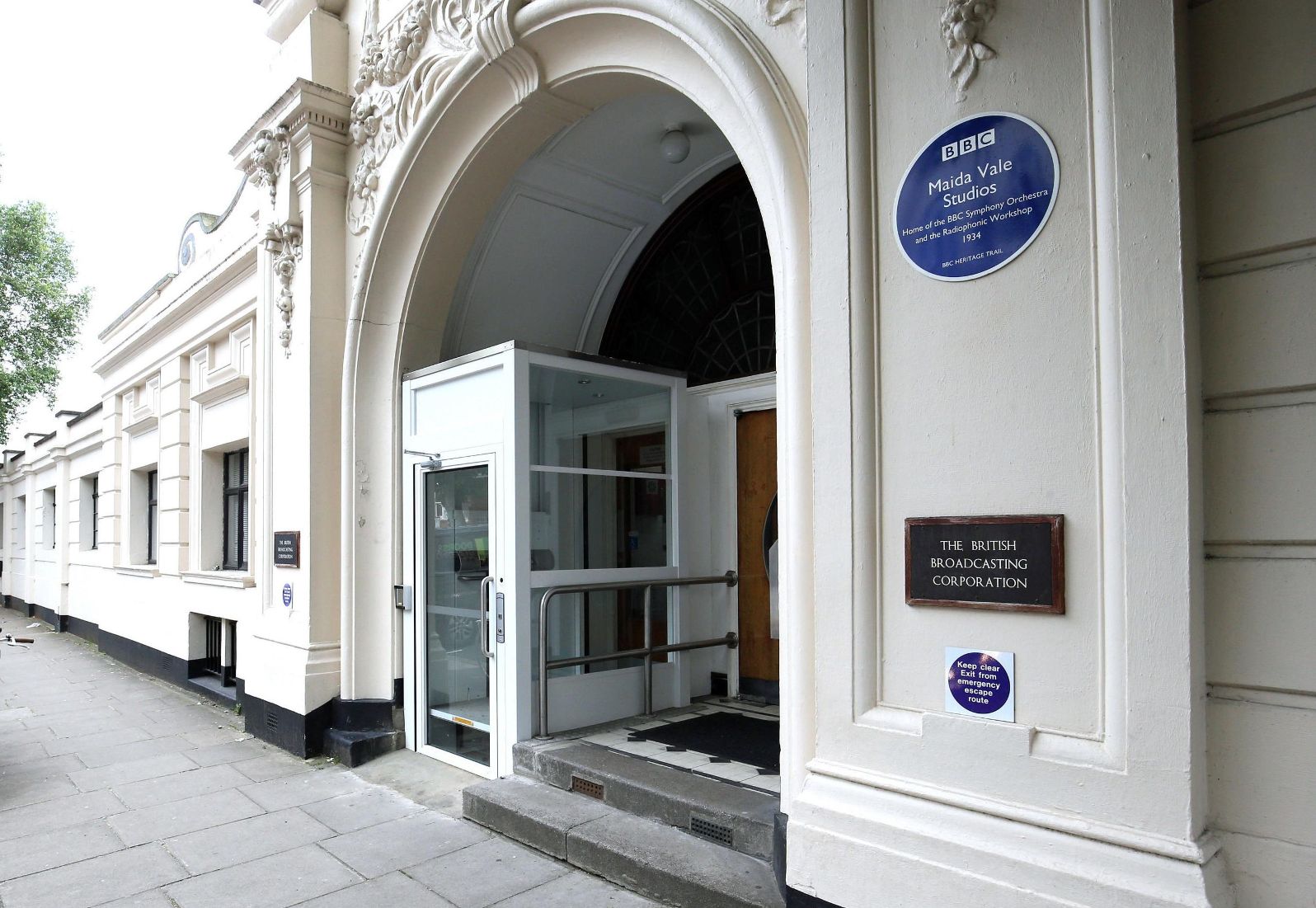 "Anna (Go To Him)" was recorded three more times by The Beatles. Their first was recorded on April 4th, 1963, a surprisingly clear private recording of the song being put to tape by student John Bloomfield, a fifteen-year-old in the audience of Stowe School at Roxburgh Hall in Stowe where The Beatles performed 22 songs between 6:30 to 7:30 pm. The next two recordings of "Anna" were done for BBC Radio, the first being on June 17th, 1963 in Studio Five of Maida Vale Studios in London between 10:30 am and 1 pm. This was for the fourth edition of "Pop Go The Beatles," which was produced by Terry Henebery and broadcast on June 25th between 5 and 5:29 pm. "Anna (Go To Him)" was recorded three more times by The Beatles. Their first was recorded on April 4th, 1963, a surprisingly clear private recording of the song being put to tape by student John Bloomfield, a fifteen-year-old in the audience of Stowe School at Roxburgh Hall in Stowe where The Beatles performed 22 songs between 6:30 to 7:30 pm. The next two recordings of "Anna" were done for BBC Radio, the first being on June 17th, 1963 in Studio Five of Maida Vale Studios in London between 10:30 am and 1 pm. This was for the fourth edition of "Pop Go The Beatles," which was produced by Terry Henebery and broadcast on June 25th between 5 and 5:29 pm.
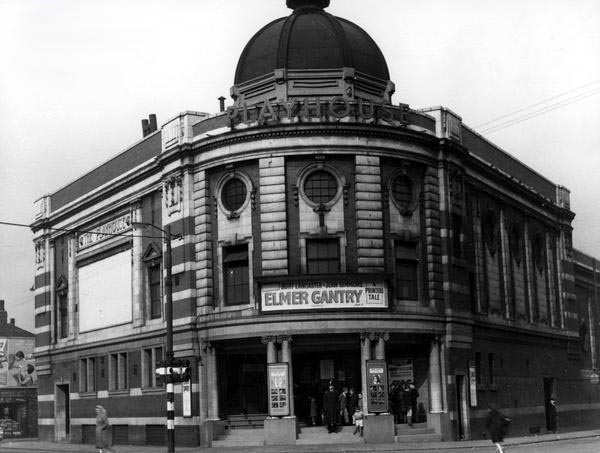 The second BBC recording of the song was on August 1st, 1963 at The Playhouse Theatre in Manchester between 1:30 and 4 pm for 11th edition of the series "Pop Go The Beatles." This recording was produced by Ian Grant and was aired on August 27th of that year between 5 and 5:29 pm, this apparently being the last time The Beatles ever played "Anna (Go To Him)." The second BBC recording of the song was on August 1st, 1963 at The Playhouse Theatre in Manchester between 1:30 and 4 pm for 11th edition of the series "Pop Go The Beatles." This recording was produced by Ian Grant and was aired on August 27th of that year between 5 and 5:29 pm, this apparently being the last time The Beatles ever played "Anna (Go To Him)."
Song Structure and Style
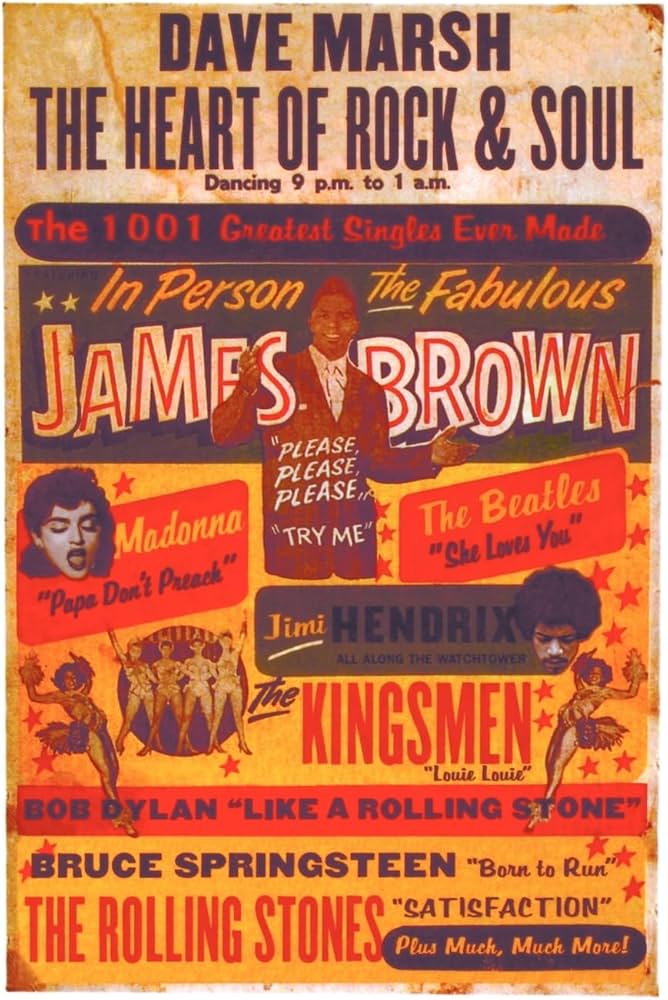 This song was composed in one of the most established formulas of popular music of its time. It was written in the 'verse/ verse/ bridge/ verse' structure (or aaba) which does not have a repeatable chorus. As with the original version of this song, The Beatles opted not to include a solo of any kind, which after the last verse, allows for an immediate repeating of the bridge and final verse. In this case, it is not the title of the song that is found at the end of each verse, but the subtitle, or hook-line, which is “go with him.” Interestingly, music critic Dave Marsh, in his 2000 work "The Heart Of Rock And Roll," suggests that John Lennon may very well have learned to sing ballads like "In My Life" by listening to Arthur Alexander's singing style on this song. This song was composed in one of the most established formulas of popular music of its time. It was written in the 'verse/ verse/ bridge/ verse' structure (or aaba) which does not have a repeatable chorus. As with the original version of this song, The Beatles opted not to include a solo of any kind, which after the last verse, allows for an immediate repeating of the bridge and final verse. In this case, it is not the title of the song that is found at the end of each verse, but the subtitle, or hook-line, which is “go with him.” Interestingly, music critic Dave Marsh, in his 2000 work "The Heart Of Rock And Roll," suggests that John Lennon may very well have learned to sing ballads like "In My Life" by listening to Arthur Alexander's singing style on this song.
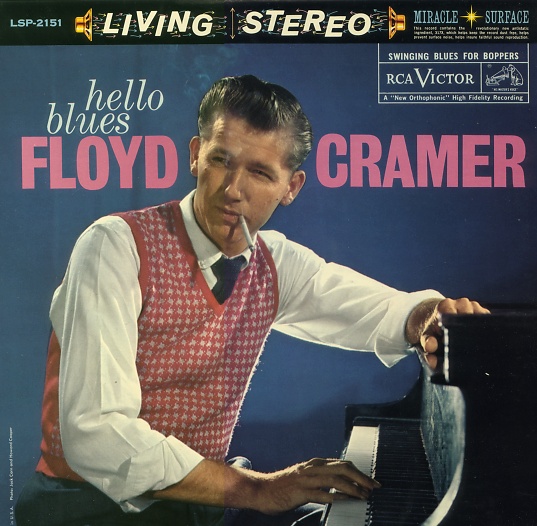 The song "Anna" starts out with a four measure instrumental introduction highlighted by George Harrison playing the piano riff witnessed on the original record (played by Floyd Cramer) very convincingly on his electric guitar while Ringo performs a drum rhythm not unlike the one heard two years later on the Beatles' track “Ticket To Ride.” Notice here on "Anna," however, Ringo's squeaky bass drum pedal which can be especially heard during the intro, although it can easily be detected throughout the song. George Martin, when he was interviewed in 1987 concerning the album’s first CD release, related that if he would have realized how closely scrutinized this album would have been so many years later, he would have done something about the squeaky drum pedal. The song "Anna" starts out with a four measure instrumental introduction highlighted by George Harrison playing the piano riff witnessed on the original record (played by Floyd Cramer) very convincingly on his electric guitar while Ringo performs a drum rhythm not unlike the one heard two years later on the Beatles' track “Ticket To Ride.” Notice here on "Anna," however, Ringo's squeaky bass drum pedal which can be especially heard during the intro, although it can easily be detected throughout the song. George Martin, when he was interviewed in 1987 concerning the album’s first CD release, related that if he would have realized how closely scrutinized this album would have been so many years later, he would have done something about the squeaky drum pedal.
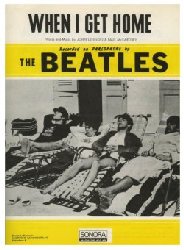 The Beatles here give careful detail to the most intricate characteristics of the song, which thereby shows how rehearsed and “fresh in their minds” it was. Lennon’s vocal style is his precise interpretation of the original, as Arthur Alexander was known as one of his favorite singers. The listener should here note the pronunciation of certain words, which turns, for example, “more” into “mo,” as Lennon continued to sing throughout the next couple of years (evidenced in “I Should Have Known Better”, “When I Get Home” and “No Reply”). The Beatles here give careful detail to the most intricate characteristics of the song, which thereby shows how rehearsed and “fresh in their minds” it was. Lennon’s vocal style is his precise interpretation of the original, as Arthur Alexander was known as one of his favorite singers. The listener should here note the pronunciation of certain words, which turns, for example, “more” into “mo,” as Lennon continued to sing throughout the next couple of years (evidenced in “I Should Have Known Better”, “When I Get Home” and “No Reply”).
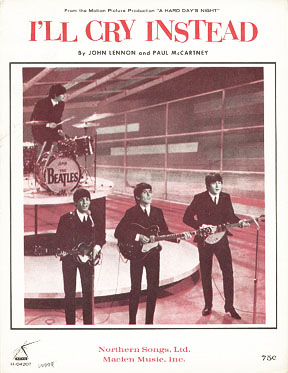 Note here the lyrical phrasing of the word “girl” which habitually appears at the end of many lines. Lennon, by inspiration, copies this style in his songwriting as well (evidenced in “Please Please Me” as well as “Thank You Girl”). As the first verse ends, we hear George and Paul copy the intricately hushed background vocals, giving more evidence of precise detail. As the climactic bridge begins, the backing vocals harmonize, sometimes a bit off key, while Lennon excitingly tackles the emotion of the lyrics that depict supreme self-pity, this reflecting his personal life experience with romance. This he is also inspired to continue in his future songwriting, for instance, in “I’ll Cry Instead” and “I’m A Loser.” Note here the lyrical phrasing of the word “girl” which habitually appears at the end of many lines. Lennon, by inspiration, copies this style in his songwriting as well (evidenced in “Please Please Me” as well as “Thank You Girl”). As the first verse ends, we hear George and Paul copy the intricately hushed background vocals, giving more evidence of precise detail. As the climactic bridge begins, the backing vocals harmonize, sometimes a bit off key, while Lennon excitingly tackles the emotion of the lyrics that depict supreme self-pity, this reflecting his personal life experience with romance. This he is also inspired to continue in his future songwriting, for instance, in “I’ll Cry Instead” and “I’m A Loser.”
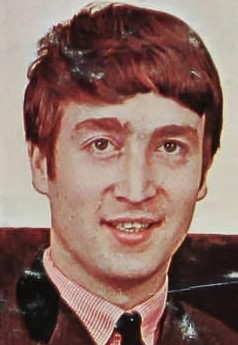 Lennon then concludes this emotive bridge with his catch-in-the-throat “oh-oh-oh-oh’s” escalating downward to the last verse, which lyrically finalizes the relationship with the “give back your ring” line and the evidence of conceding to the other guy. The emotional punch of these lyrics, as well as the convincing delivery displayed by The Beatles, brought this excellent R&B song to a brand new audience that otherwise would have never experienced. Lennon then concludes this emotive bridge with his catch-in-the-throat “oh-oh-oh-oh’s” escalating downward to the last verse, which lyrically finalizes the relationship with the “give back your ring” line and the evidence of conceding to the other guy. The emotional punch of these lyrics, as well as the convincing delivery displayed by The Beatles, brought this excellent R&B song to a brand new audience that otherwise would have never experienced.
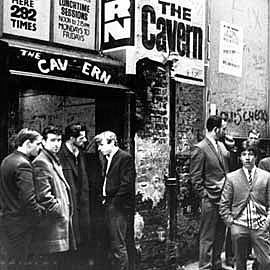 It is important to detail here once again that this was a live recording just as The Beatles had rehearsed with no edits or overdubbing. The listener can only imagine all of the impact a performance of this caliber would have for those Beatles' enthusiasts who were in attendance at Liverpool's Cavern Club, which would make this band stand head-and-shoulders above all of the other “beat” groups performing in the clubs in the early '60s. And since the original was released in September of 1962, not all that much time had transpired to allow them to perfect the song in this way and to make it their own. This shows the dedication The Beatles had when they felt strongly enough about a good song. It is important to detail here once again that this was a live recording just as The Beatles had rehearsed with no edits or overdubbing. The listener can only imagine all of the impact a performance of this caliber would have for those Beatles' enthusiasts who were in attendance at Liverpool's Cavern Club, which would make this band stand head-and-shoulders above all of the other “beat” groups performing in the clubs in the early '60s. And since the original was released in September of 1962, not all that much time had transpired to allow them to perfect the song in this way and to make it their own. This shows the dedication The Beatles had when they felt strongly enough about a good song.
 The test of a good song is also when you can retain the melody in your memory after being heard. This is the case with “Anna,” as evidenced in the US televison show “Married…With Children.” A classic episode of this program entitled “Oldies But Young’uns” shows character Al Bundy with this song “stuck in his head,” but not being able to remember the words or identity. The test of a good song is also when you can retain the melody in your memory after being heard. This is the case with “Anna,” as evidenced in the US televison show “Married…With Children.” A classic episode of this program entitled “Oldies But Young’uns” shows character Al Bundy with this song “stuck in his head,” but not being able to remember the words or identity.
American Releases
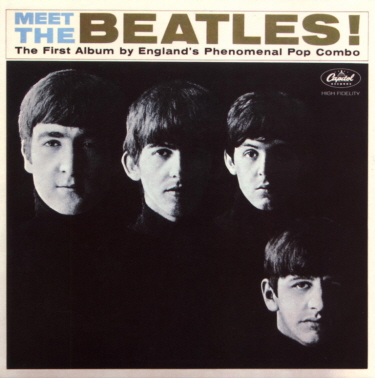 The first US appearance of The Beatles' rendition of “Anna” was on the album “Introducing…The Beatles” when it was finally released on January 10th, 1964, which peaked at #2 on the Billboad album chart directly under Capitol's "Meet The Beatles!" at #1. The first US appearance of The Beatles' rendition of “Anna” was on the album “Introducing…The Beatles” when it was finally released on January 10th, 1964, which peaked at #2 on the Billboad album chart directly under Capitol's "Meet The Beatles!" at #1.
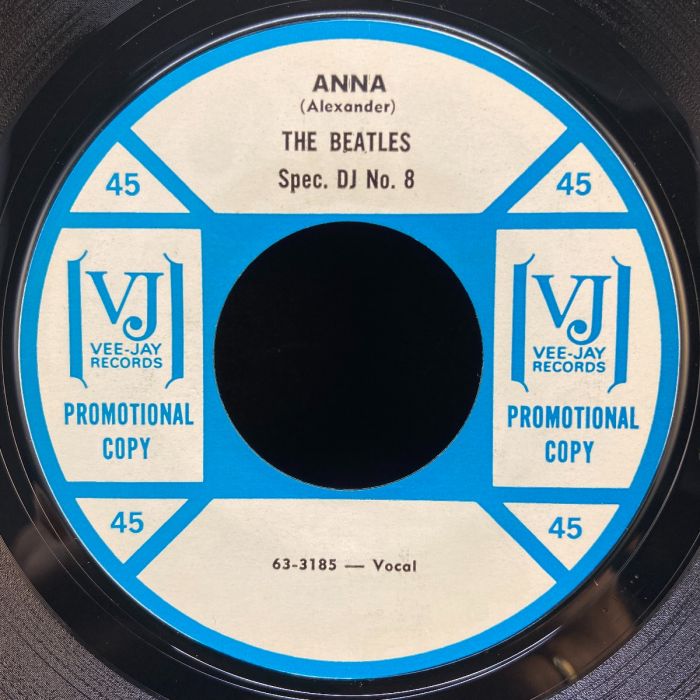 The next American release of "Anna" appeared as the abortive intention of Vee-Jay Records featuring the song as a single. The label printed up a limited number of test copies of a disc jockey promo single that paired "Anna" with “Ask Me Why” (VJDJ #8). Being that Vee-Jay had been primarily known as an R&B label, it is quite possible that they were impressed enough with The Beatles’ take on this rhythm and blues classic to feature it as their next single. The matrix number that was etched in the trail-off area of the single pre-dates the February release of their single “Twist And Shout,” so we can easily date the pressing of these promotional singles to February of 1964. Vee-Jay apparently decided to scrap this idea and release “Twist And Shout” as a single instead, possibly with the knowledge that this song was to be featured on the February 23rd, 1964 Ed Sullivan Show. An interesting note concerning this DJ single is that there are so far only four copies found to be in existence. This makes the Vee-Jay promotional single of “Anna / Ask Me Why” one of the rarest of all US Beatles records. The next American release of "Anna" appeared as the abortive intention of Vee-Jay Records featuring the song as a single. The label printed up a limited number of test copies of a disc jockey promo single that paired "Anna" with “Ask Me Why” (VJDJ #8). Being that Vee-Jay had been primarily known as an R&B label, it is quite possible that they were impressed enough with The Beatles’ take on this rhythm and blues classic to feature it as their next single. The matrix number that was etched in the trail-off area of the single pre-dates the February release of their single “Twist And Shout,” so we can easily date the pressing of these promotional singles to February of 1964. Vee-Jay apparently decided to scrap this idea and release “Twist And Shout” as a single instead, possibly with the knowledge that this song was to be featured on the February 23rd, 1964 Ed Sullivan Show. An interesting note concerning this DJ single is that there are so far only four copies found to be in existence. This makes the Vee-Jay promotional single of “Anna / Ask Me Why” one of the rarest of all US Beatles records.
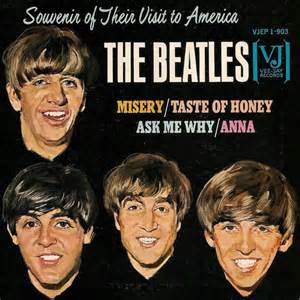 The next US appearance of "Anna" was on the Vee-Jay EP titled "The Beatles - Souvenir Of Their Visit To America," which was released on March 23rd, 1964 in celebration of their first US visit in February. Despite the fact that this EP had reportedly sold 78,800 copies, it did not make an appearance on the US Billboard Hot 100 because a sizable portion of these copies were sold through mail order offers. The next US appearance of "Anna" was on the Vee-Jay EP titled "The Beatles - Souvenir Of Their Visit To America," which was released on March 23rd, 1964 in celebration of their first US visit in February. Despite the fact that this EP had reportedly sold 78,800 copies, it did not make an appearance on the US Billboard Hot 100 because a sizable portion of these copies were sold through mail order offers.
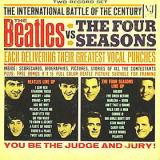 Then came the Vee-Jay double-album compilation “The Beatles vs. The Four Seasons” which was released on October 1st, 1964. This set coupled the label's Beatles hit album with “The Golden Hits of the Four Seasons.” The following appearance of the song "Anna" came less than two weeks later with another repackage of the Vee-Jay album under the name “Songs, Pictures And Stories Of The Fabulous Beatles,” coming out on October 12th, 1964 and peaked at #63 on the US Billbaord album chart. Since Vee Jay records closed their doors in May of 1966, legitimate copies of both of these albums also bring high price tags for collectors. Then came the Vee-Jay double-album compilation “The Beatles vs. The Four Seasons” which was released on October 1st, 1964. This set coupled the label's Beatles hit album with “The Golden Hits of the Four Seasons.” The following appearance of the song "Anna" came less than two weeks later with another repackage of the Vee-Jay album under the name “Songs, Pictures And Stories Of The Fabulous Beatles,” coming out on October 12th, 1964 and peaked at #63 on the US Billbaord album chart. Since Vee Jay records closed their doors in May of 1966, legitimate copies of both of these albums also bring high price tags for collectors.
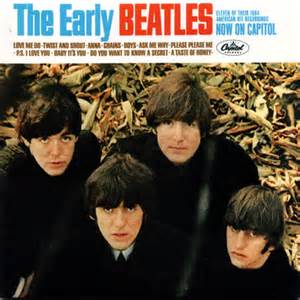 The next US appearance of the song takes us to March 22nd, 1965, when Capitol Records turned its attention to the early Beatles catalog with their LP “The Early Beatles.” Being a part of this official collection ensured that “Anna” would be available to all Beatles fans to this day and beyond. Interestingly, Capitol didn’t utilize the official EMI mono mix for the mono version of this album but instead created their own “type B” foldover mono mix by combining both channels of the original stereo mix. Therefore, the superior mono mix created by George Martin on February 25th, 1963 was not available in America for a long time. This album then appeared on an individual CD on January 21st, 2014, this CD containing both the original US 1964 mono and stereo mixes on one disc. The next US appearance of the song takes us to March 22nd, 1965, when Capitol Records turned its attention to the early Beatles catalog with their LP “The Early Beatles.” Being a part of this official collection ensured that “Anna” would be available to all Beatles fans to this day and beyond. Interestingly, Capitol didn’t utilize the official EMI mono mix for the mono version of this album but instead created their own “type B” foldover mono mix by combining both channels of the original stereo mix. Therefore, the superior mono mix created by George Martin on February 25th, 1963 was not available in America for a long time. This album then appeared on an individual CD on January 21st, 2014, this CD containing both the original US 1964 mono and stereo mixes on one disc.
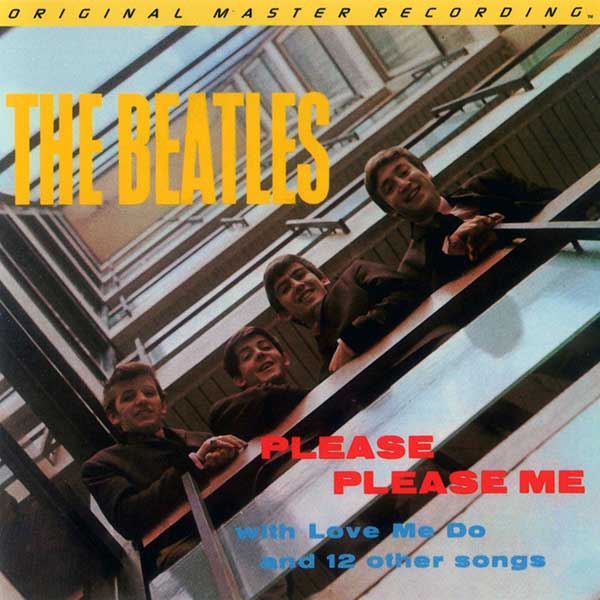 The first time the original British "Please Please Me" album was made available in America was with the "Original Master Recording" vinyl edition released through the Mobile Fidelity Sound Lab in January of 1987. This album included "Anna" and was prepared utilizing half-speed mastering technology from the original master tape on loan from EMI. This version of the album was only available for a short time and is quite collectible today. The first time the original British "Please Please Me" album was made available in America was with the "Original Master Recording" vinyl edition released through the Mobile Fidelity Sound Lab in January of 1987. This album included "Anna" and was prepared utilizing half-speed mastering technology from the original master tape on loan from EMI. This version of the album was only available for a short time and is quite collectible today.
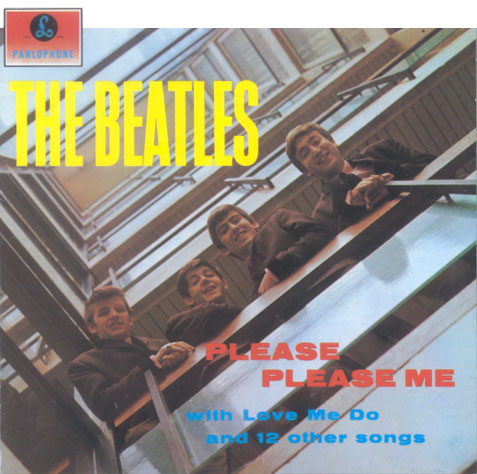 On February 26th, 1987, the original UK "Please Please Me" album, containing “Anna,” was released on compact disc, the vinyl edition coming out on July 21st, 1987. This was only made available in mono at the time of release and fortunately contained the excellent George Martin mono mix created on February 25th, 1963. This was later remastered in stereo and was released on CD on September 9th, 2009 and on vinyl on November 13th, 2012, restoring the original stereo mix of the song. On February 26th, 1987, the original UK "Please Please Me" album, containing “Anna,” was released on compact disc, the vinyl edition coming out on July 21st, 1987. This was only made available in mono at the time of release and fortunately contained the excellent George Martin mono mix created on February 25th, 1963. This was later remastered in stereo and was released on CD on September 9th, 2009 and on vinyl on November 13th, 2012, restoring the original stereo mix of the song.
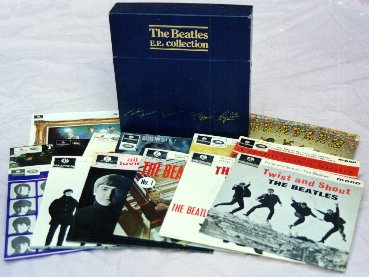 Capitol then released their box set “Compact Disc EP Collection” on June 30th, 1992, this containing “Anna” due to the song being featured on the 1963 British EP “Beatles No. 1.” Capitol then released their box set “Compact Disc EP Collection” on June 30th, 1992, this containing “Anna” due to the song being featured on the 1963 British EP “Beatles No. 1.”
On April 11th, 2006, the box set titled “The Capitol Albums, Volume 2” was released, thus containing all four US Beatles albums released in 1965. “The Early Beatles” was therefore contained in this set, including the song "Anna" in both stereo and "Type B" foldover mono as was originally featured on the 1965 Capitol album.
The song was also included in a box set entitled “The Beatles In Mono,” which was released on CD on September 9th, 2009 and on vinyl on September 9th, 2014, thus containing the entire EMI Beatles catalog in its original mono state.
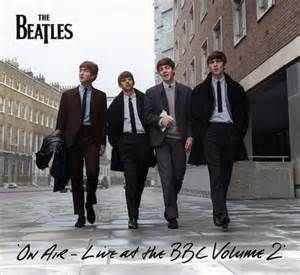 On November 11th, 2013, the album "On Air - Live At The BBC Volume 2" was released, which featured a quite interesting rendition of "Anna" as recorded on August 1st, 1963 for the BBC radio program "Pop Go The Beatles." This recording displays how the song became more comfortable for them as time went on, Lennon's vocal delivery being near-flawless and Paul's bass work, more vibrant in this newer recording, being performed beautifully, not to mention the absence of the squeaky drum pedal! Also released around this date was a 14-track sampler of the above album for promotional purposes, "Anna" being included therein. On November 11th, 2013, the album "On Air - Live At The BBC Volume 2" was released, which featured a quite interesting rendition of "Anna" as recorded on August 1st, 1963 for the BBC radio program "Pop Go The Beatles." This recording displays how the song became more comfortable for them as time went on, Lennon's vocal delivery being near-flawless and Paul's bass work, more vibrant in this newer recording, being performed beautifully, not to mention the absence of the squeaky drum pedal! Also released around this date was a 14-track sampler of the above album for promotional purposes, "Anna" being included therein.
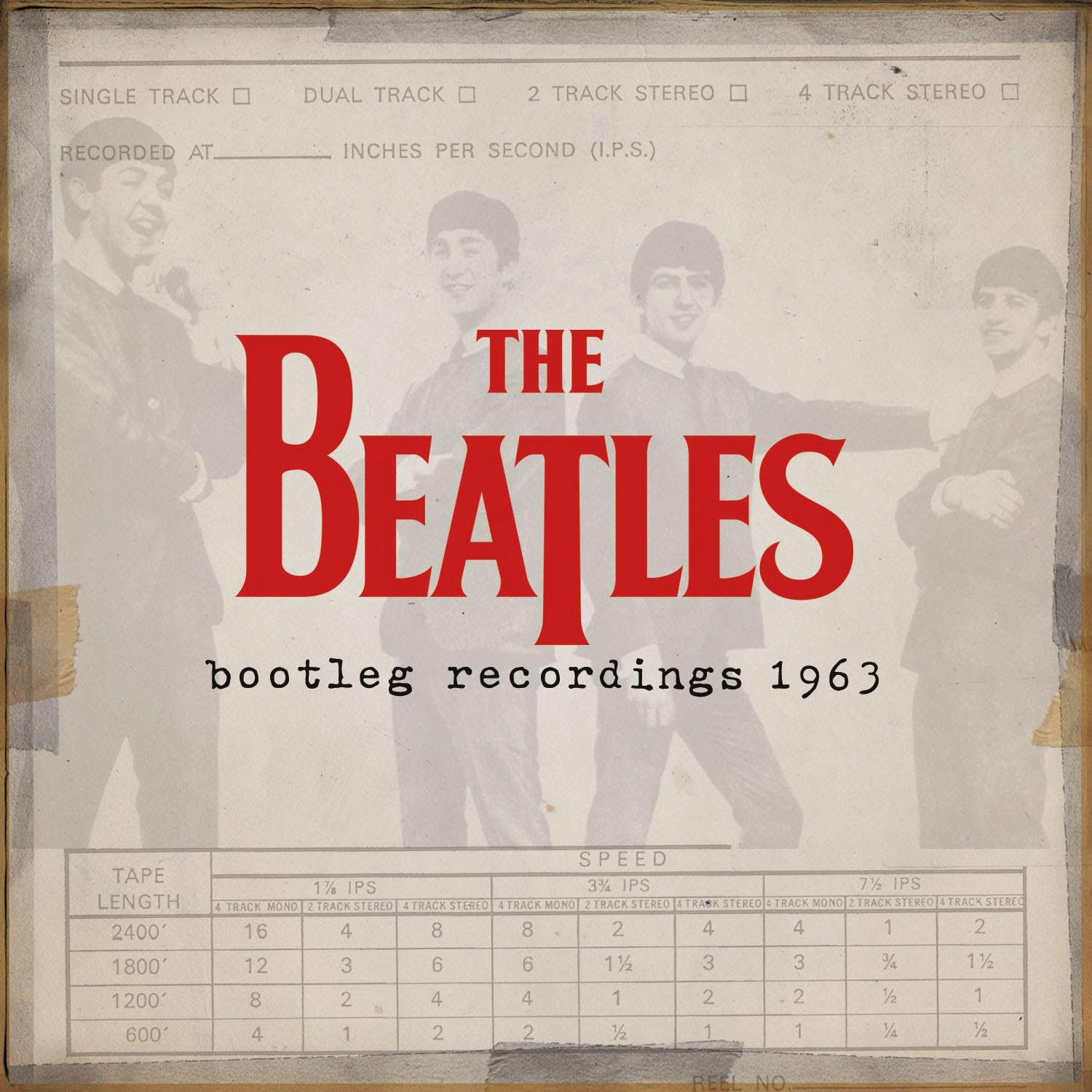 On December 17th of 2013, iTunes released a 59 track compilation album entitled "Bootleg Recordings 1963" only made available on their downloading platform, the band's BBC June 25th, 1963 performance of "Anna" for the show "Pop Go The Beatles" being included therein. The purpose of this release was to extend the copyright of these recordings under European Union law from 50 years (which would have expired at the end of 2013) to 70 years (until 2033), this being considered an official release. This compilation album was only available in America on that date to those in the know for a few hours for $39.99 in its entirety or to be purchased as individual tracks, but was later made available for purchase as well. On December 17th of 2013, iTunes released a 59 track compilation album entitled "Bootleg Recordings 1963" only made available on their downloading platform, the band's BBC June 25th, 1963 performance of "Anna" for the show "Pop Go The Beatles" being included therein. The purpose of this release was to extend the copyright of these recordings under European Union law from 50 years (which would have expired at the end of 2013) to 70 years (until 2033), this being considered an official release. This compilation album was only available in America on that date to those in the know for a few hours for $39.99 in its entirety or to be purchased as individual tracks, but was later made available for purchase as well.
Live Performances
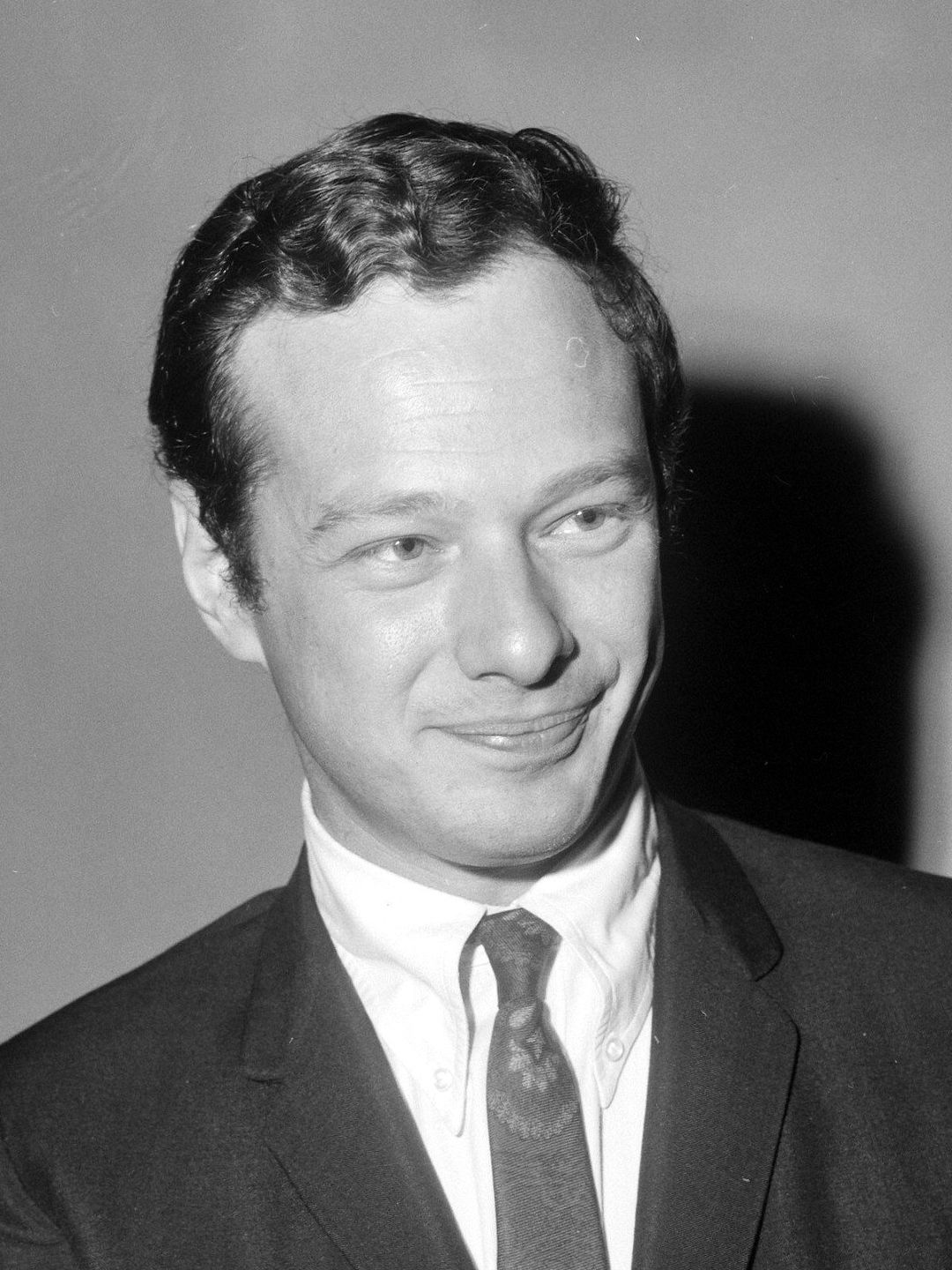 The Beatles discovered the song "Anna" in December of 1962 while filing through new releases at Brian Epstein's "NEMS" record department. They quickly worked up an arrangement to compensate for the instruments used on the original, the piano parts now being played on guitar and the string section of the bridge being replaced by Paul and George singing a sustained "aaah." The Beatles discovered the song "Anna" in December of 1962 while filing through new releases at Brian Epstein's "NEMS" record department. They quickly worked up an arrangement to compensate for the instruments used on the original, the piano parts now being played on guitar and the string section of the bridge being replaced by Paul and George singing a sustained "aaah."
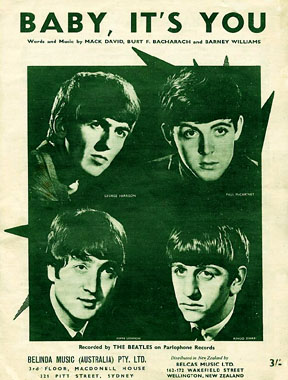 The song was not only a favorite of John's but of George's as well, fans sending up requests to the stage that read: "Please sing 'Anna' for George.'" They loved playing the song on stage and did so exhaustively between December of 1962 and January of 1963 locally and during their final Hamburg trip at the end of 1962. Therefore, they knew the song very well by the time the February recording date at EMI Studios came along. However, "Anna" was played only sparingly after this time as it wasn't included in any of their national British tours of 1963 and thereafter absent from their set lists. They preferred to perform other tracks from their first album, such as "Misery" and "Baby It's You," as late as June of 1963, as well as their non-recorded track "Some Other Guy." The song was not only a favorite of John's but of George's as well, fans sending up requests to the stage that read: "Please sing 'Anna' for George.'" They loved playing the song on stage and did so exhaustively between December of 1962 and January of 1963 locally and during their final Hamburg trip at the end of 1962. Therefore, they knew the song very well by the time the February recording date at EMI Studios came along. However, "Anna" was played only sparingly after this time as it wasn't included in any of their national British tours of 1963 and thereafter absent from their set lists. They preferred to perform other tracks from their first album, such as "Misery" and "Baby It's You," as late as June of 1963, as well as their non-recorded track "Some Other Guy."
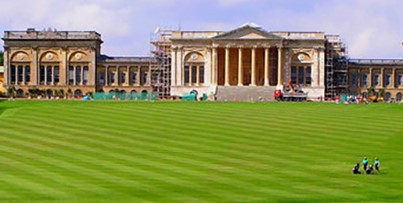 One time that the group did perform "Anna" in 1963 was on April 4th of that year during a unique hour-long concert at Roxburgh Hall, Stowe School in Stowe, Bucks, which was an all-boys school with minimal screaming girls in attenadance. As stated above, "Anna" was among the 22 Beatles' songs performed on this day, this being only two weeks after their version was released on the "Please Please Me" album. One time that the group did perform "Anna" in 1963 was on April 4th of that year during a unique hour-long concert at Roxburgh Hall, Stowe School in Stowe, Bucks, which was an all-boys school with minimal screaming girls in attenadance. As stated above, "Anna" was among the 22 Beatles' songs performed on this day, this being only two weeks after their version was released on the "Please Please Me" album.
Conclusion
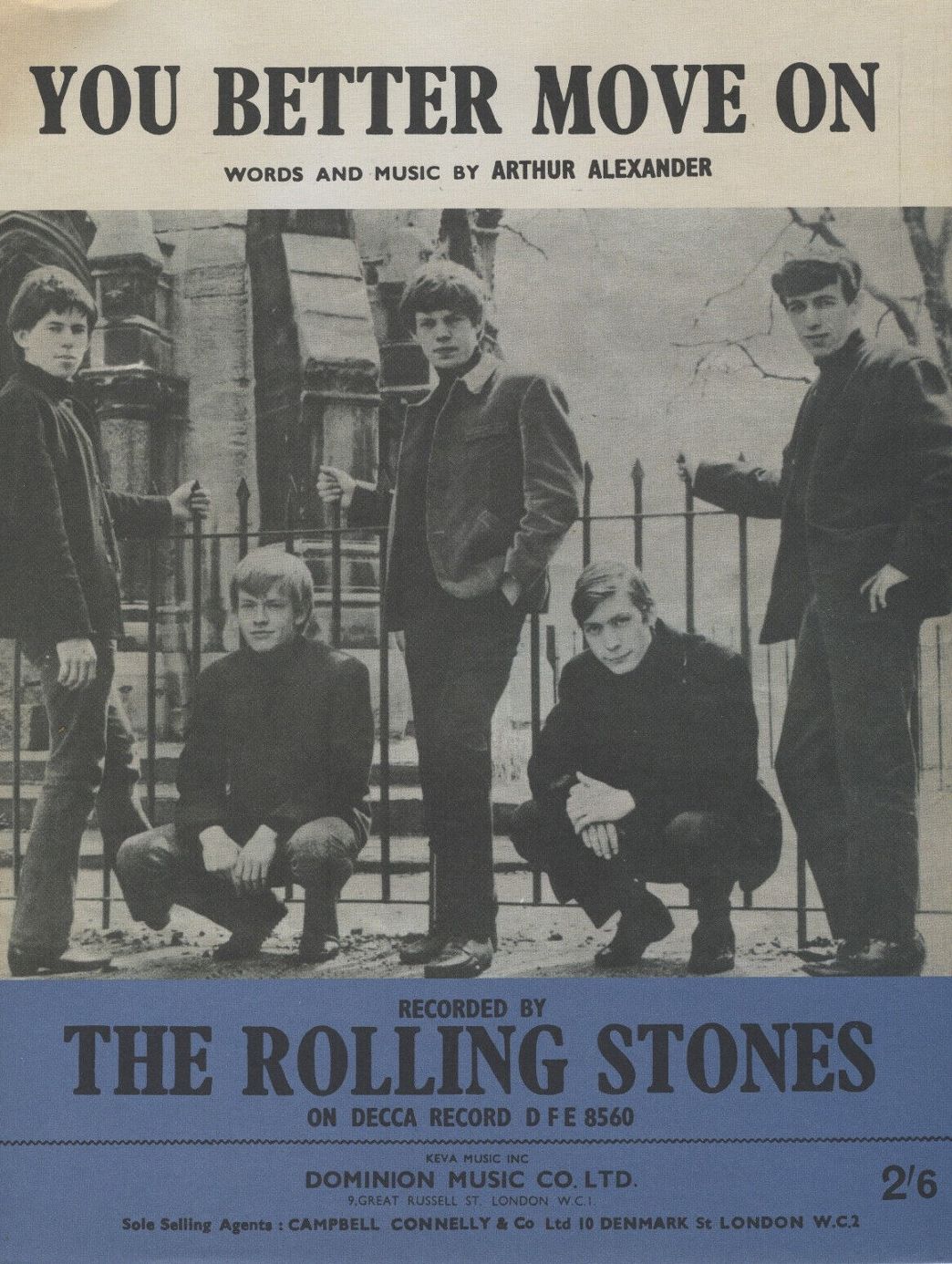 The music of Arthur Alexander, it is claimed, shaped the British Invasion of 1964. This is suggested because of his recordings being covered by The Rolling Stones and The Beatles during the early stages of their careers. Both bands have also acknowledged through the years that the country / R&B style of his music greatly influenced theirs. This is evidenced by the details above in which, despite having a particularly heavy cold that day, John Lennon delivers the vocal performance of his life. Second only to “Twist And Shout,” which was also recorded that day, this was arguably Lennon’s best vocal performance on the album. The music of Arthur Alexander, it is claimed, shaped the British Invasion of 1964. This is suggested because of his recordings being covered by The Rolling Stones and The Beatles during the early stages of their careers. Both bands have also acknowledged through the years that the country / R&B style of his music greatly influenced theirs. This is evidenced by the details above in which, despite having a particularly heavy cold that day, John Lennon delivers the vocal performance of his life. Second only to “Twist And Shout,” which was also recorded that day, this was arguably Lennon’s best vocal performance on the album.
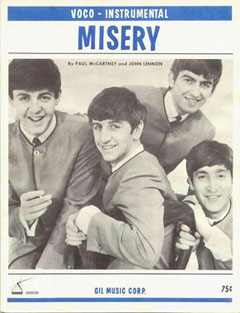 The sheer exuberance of the performance by the band (not just Lennon) shows the great respect they had for the song, which drove them to adapt musically to the original as well as mimic vocally as best as they could. Upon listening, you can tell that the group took the task of recording this song seriously, this track being an excellent counterpoint to the previous lighthearted song, “Misery.” The Beatles' rendition of “Anna (Go To Him),” therefore, goes down in recording history as a testament to a great, but highly unnoticed, rhythm and blues singer / songwriter, Arthur Alexander. The sheer exuberance of the performance by the band (not just Lennon) shows the great respect they had for the song, which drove them to adapt musically to the original as well as mimic vocally as best as they could. Upon listening, you can tell that the group took the task of recording this song seriously, this track being an excellent counterpoint to the previous lighthearted song, “Misery.” The Beatles' rendition of “Anna (Go To Him),” therefore, goes down in recording history as a testament to a great, but highly unnoticed, rhythm and blues singer / songwriter, Arthur Alexander.
Song Summary
“Anna (Go To Him)”
Written by: Arthur Alexander
- Song Written: August 1962 (approx.)
- Song Recorded: February 11, 1963
- First US Release Date: January 4, 1964
- First US Album Release: Vee Jay #VJLP 1062 “Introducing…The Beatles”
- US Single Release: Vee Jay #VJDJ#8 (promotional disc jockey release)
- Highest Chart Position: n/a
- British Album Release: Parlophone #PCS3042 “Please Please Me”
- Length: 2:57
- Key: D major
- Producer: George Martin
- Engineers: Norman Smith, Richard Langham
Instrumentation (most likely):
- John Lennon – Lead Vocals, Rhythm Guitar (1962 Gibson J160E)
- Paul McCartney - Bass Guitar (1961 Hofner 500/1), Background Vocals
- George Harrison – Rhythm Guitar (1957 Gretsch Duo Jet), Background Vocals
- Ringo Starr – Drums (1960 Premier 58/54 Mahogany)
Written and compiled by Dave Rybaczewski
|
IF YOU WOULD LIKE TO MAKE A DONATION TO KEEP THIS WEBSITE UP AND RUNNING, PLEASE CLICK BELOW!
Sign Up Below for our MONTHLY BEATLES TRIVIA QUIZ!
|